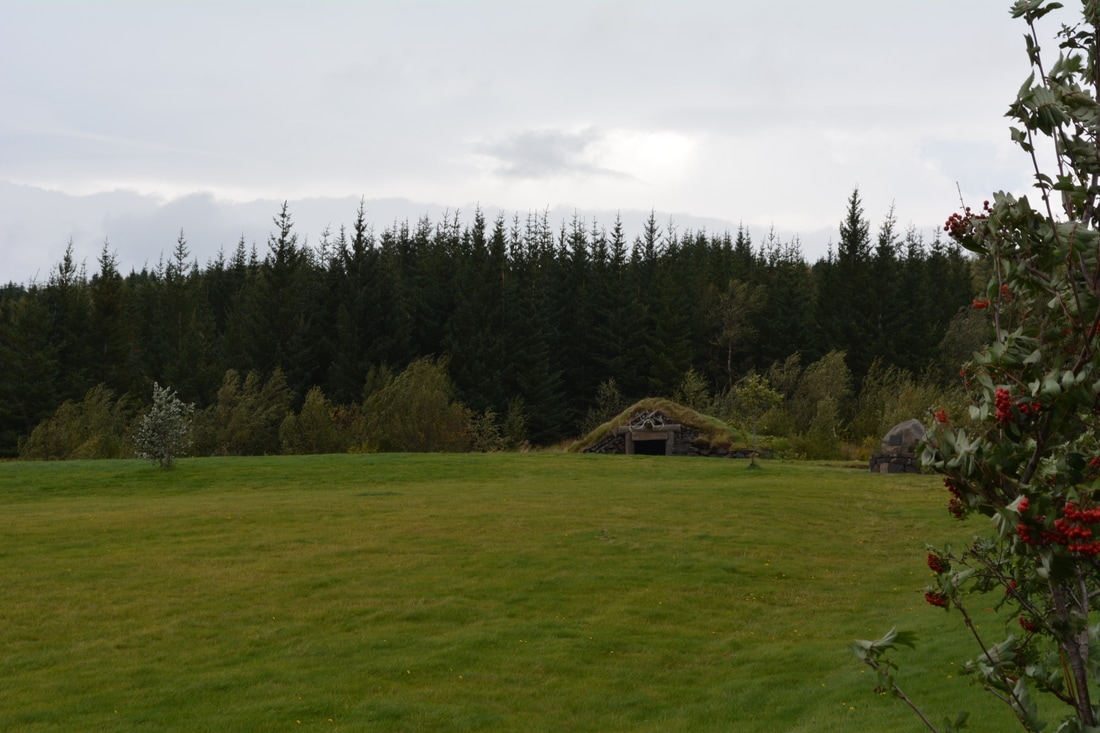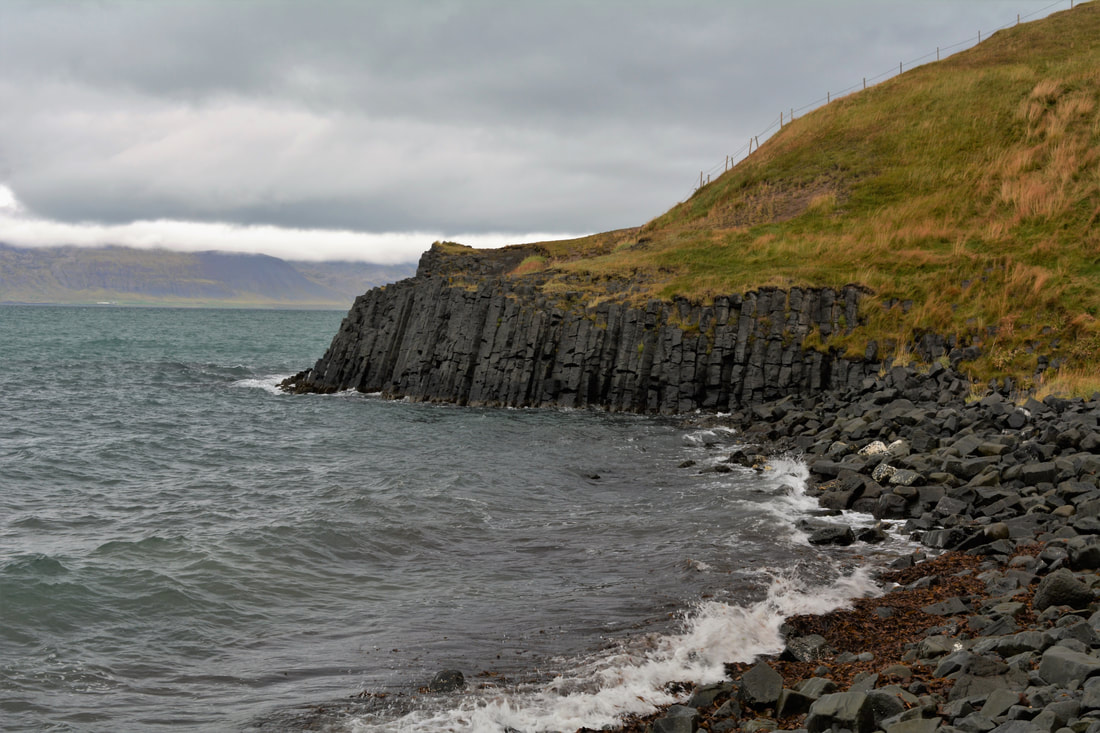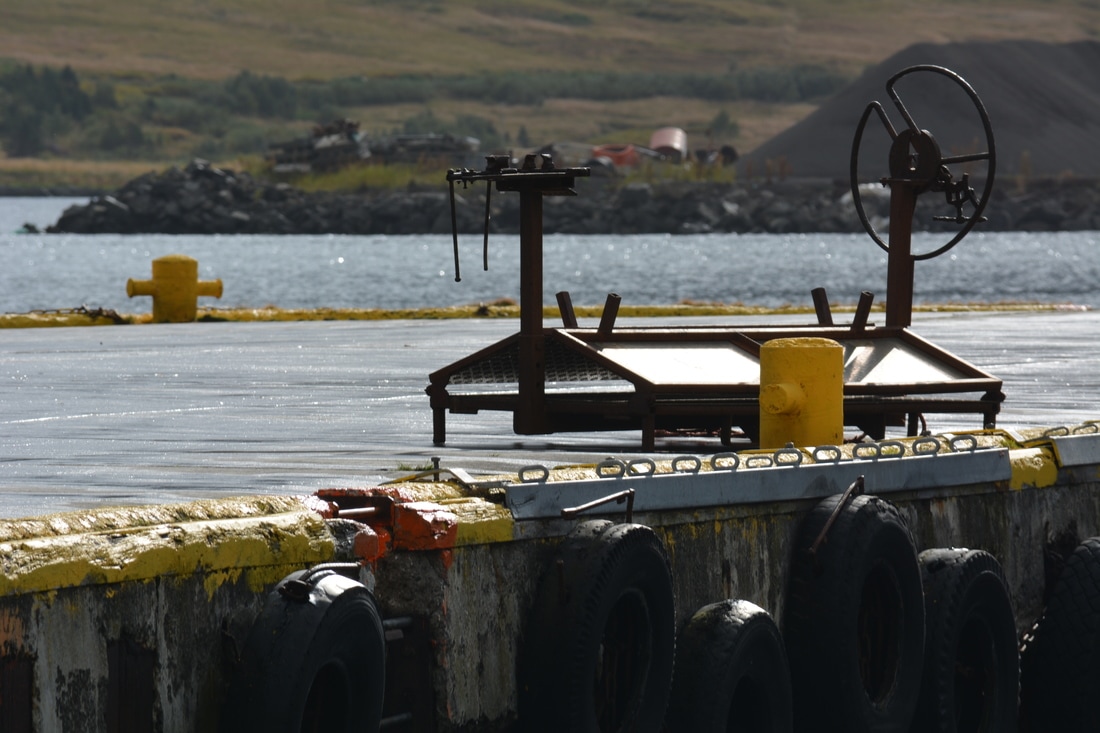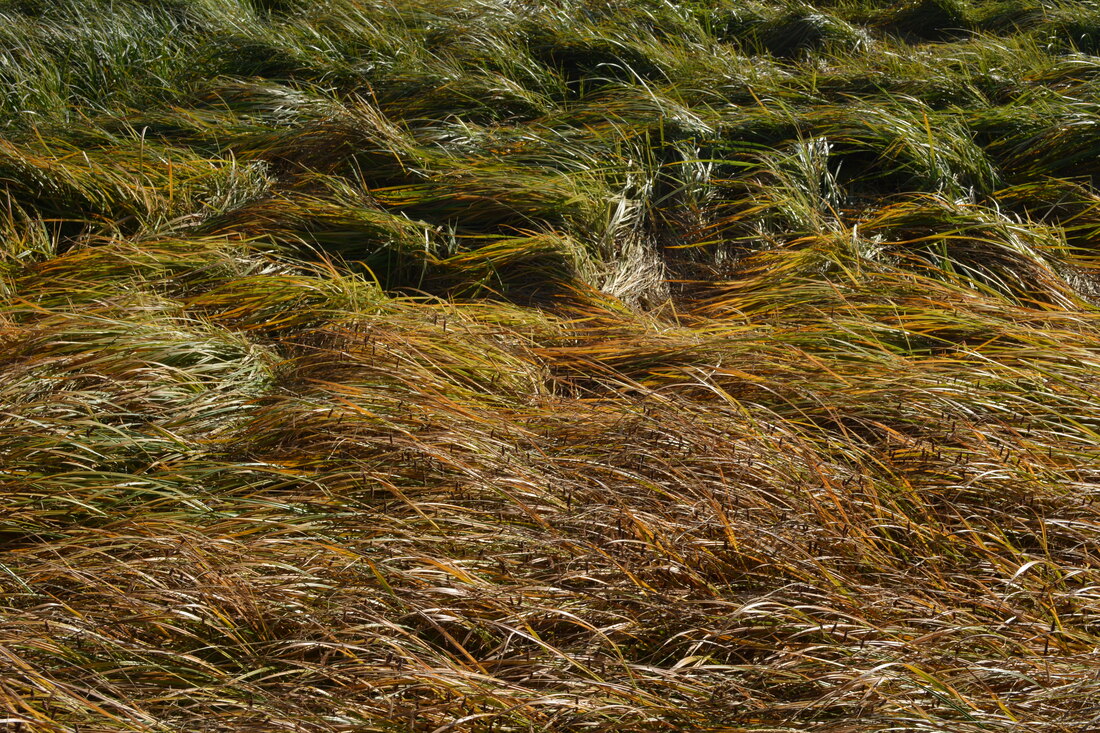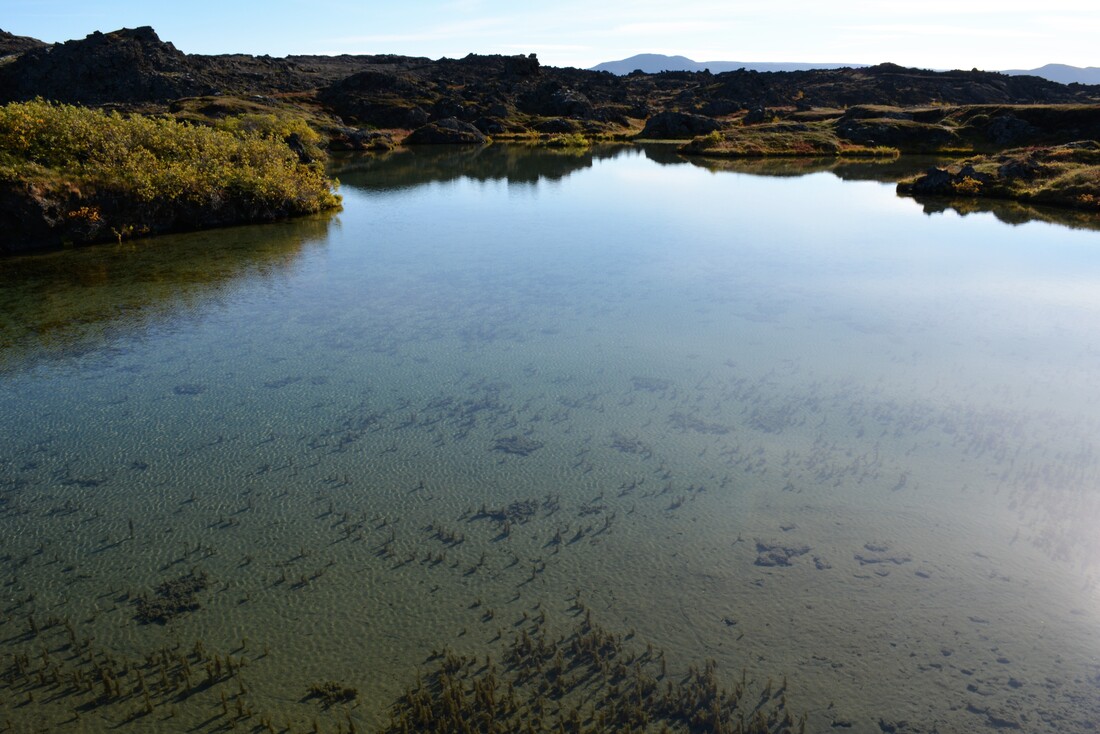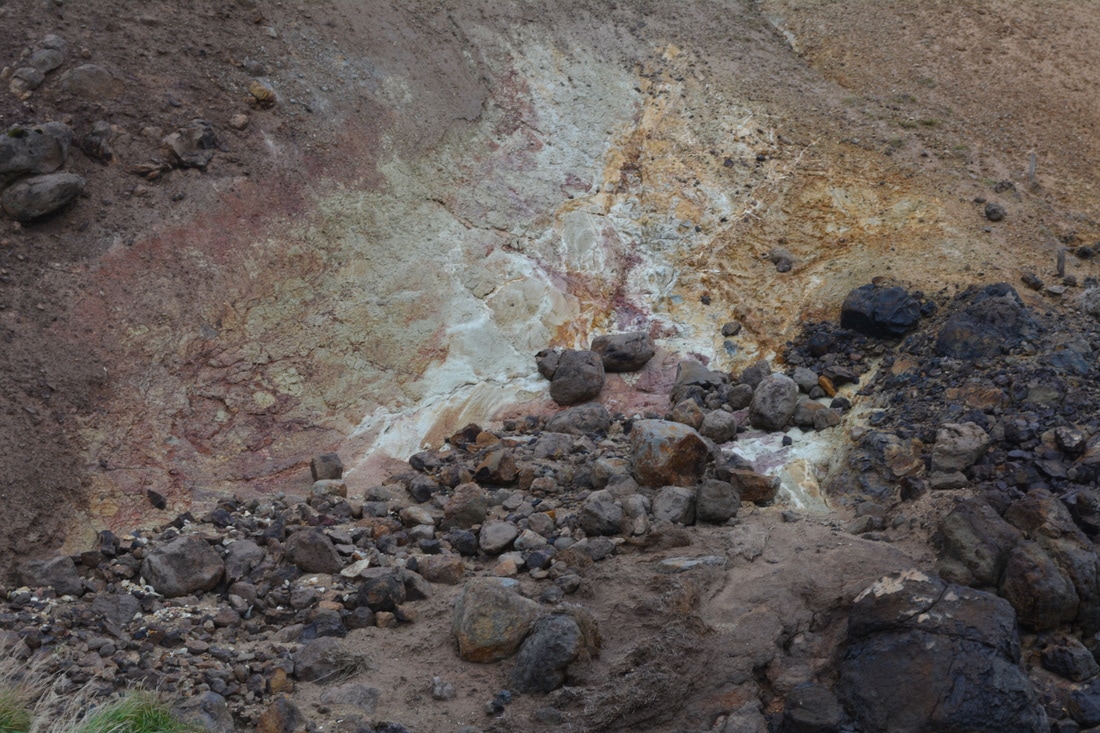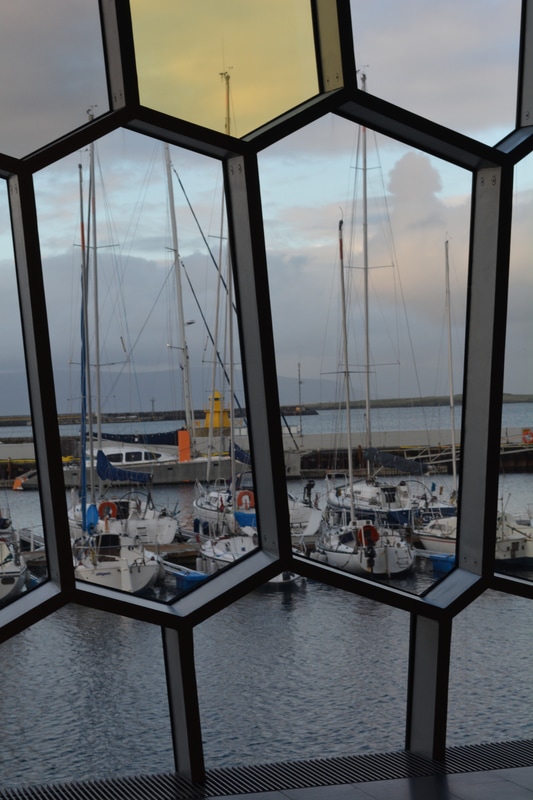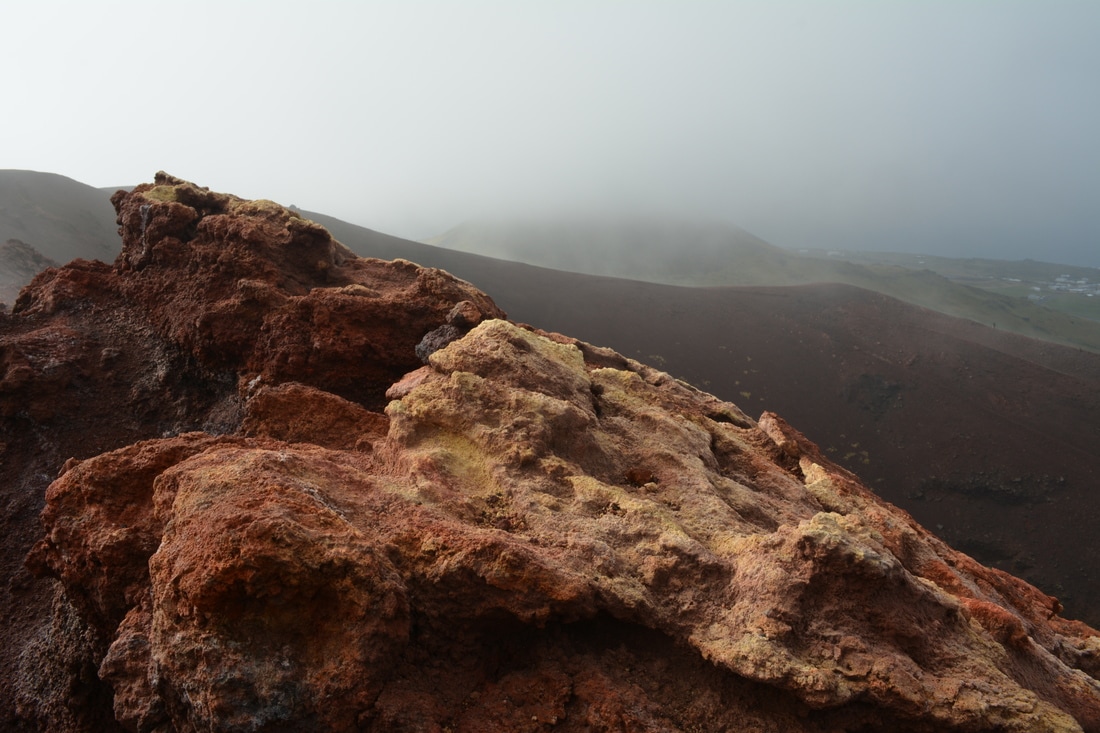what is Icelandic literature?
Such a remote island is home of one of the oldest literatures of Europe.
My favourite bibliography
Classen, Albrecht. (2022). The Emergence of Rationality in the Icelandic Sagas: The Colossal Misunderstanding of the Viking Lore in Contemporary Popular Culture. Humanities. 11. 110. 10.3390/h11050110.
My favourite bibliography
Classen, Albrecht. (2022). The Emergence of Rationality in the Icelandic Sagas: The Colossal Misunderstanding of the Viking Lore in Contemporary Popular Culture. Humanities. 11. 110. 10.3390/h11050110.
I have readJón Kalman Stefánsson, Harmur englanna | The Sorrow of Angels (2009)
Sjón, Skugga-Baldur | The Blue Fox (2003) The Poetic Edda (some time between the 10th and the 12th c.) Jónas Kristjánsson, Eddas and Sagas. Iceland's Medieval Literature (2007) |
Vertical Divider
|
I have written... nothing ...
|
|
The heyday of most European islands happened very early: as the safest locations, they had been centres of culture in early Middle Ages, before the advances in navigation put an end on their safety, and the maritime powers subjugated independent, autarkic places of settlement, just like Danemark did to Iceland. In modern times, islands became peripheral, depressive spaces, and it may give fascinating results in literary terms. This is the case of Majorca, of Sicily, and also the case of Iceland, that lived its most interesting times at the age of eddas and sagas.
In this trip, I was expecting to discover this early culture, as well as unspoiled nature and absolute peace, which was actually the case. Unexpected encounter with contemporary Icelandic art and literature was a bonus added to this. Technically, this trip was organized - and financed - by my husband, a great admirer of northern locations in general. In Reykjavik, we rented a car to drive mostly on the road nr 1 (the yellow strip you can see on the map, in reality a very modest road circling all the island and passing, sometimes on a single track, through several tunnels). We visited most of the western part of the Iceland, arriving till Akureyri and the Goðafoss waterfall. In Akureyri, I was surprised by the richness of the local botanic garden. So far in the north, it was much more than a collection of lichens that I expected. Back southwards, we jumped to the minuscule Vestmannaeyjar islands with their still active volcano. On the way, an endless variety of landscapes, amazing views, natural curiosities, thermal springs, fogs and rainbows. |
|
the librarian from Mosfellsbær
Icelanders are reading people. I was surprised to see how they spend their Sunday mornings. They simply come to bookshops, where tables and chairs, as well as toys for kids, are available. No wonder that Reykjavik is well provided with bookshops, I would say even better than coffeeshops. What is more, in a country where nothing comes cheap, I could buy a bagful of books.
As I've heard, Island also has the highest concentration of writers per capita. Most of them are not so very great, but good enough, writing readable things for reading people, telling stories about how life used to be hard, most probably still is, on their island. One of them is Jón Kalman Stefánsson, the author of a book titled Harmur englanna, which I read in Polish translation. He appears as a man of many professions, one of them librarian in Mosfellsbær, a town just some 15 km from Reykjavik, and not far from the place where once lived the Icelandic 1955 Noble prize winner, Halldór Laxness.
Harmur englanna means "sorrow of angels", and the expression stands for snow; I like the word nonetheless. Harmur. Like a trace of some distant Ursprache, of which we obviously preserve the harm. All the novel is just a long explanation of the term, breathing in and out the atmosphere of the land crossed by the postman Jens, who occasionally gets frozen to his horse. Many things freeze in this novel, such things as hatches on ships. Meanwhile, people huddle in their houses, and read, and sleep, and dream, and drink great amounts of black coffee, and write letters that the postman will deliver at a great risk and peril. It snows. They heat their coffee. The winter months are long. They learn English to read even more books, to feel farther. Foreign words seem to change their world, bring new, colourful things into it, under the snow.
Jón Kalman Stefánsson, Harmur englanna [2009]. Read in a Polish translation: Smutek aniołów, trans. Jacek Godek, Warszawa, W.A.B., 2015.
Kraków, 15.10.2021.
As I've heard, Island also has the highest concentration of writers per capita. Most of them are not so very great, but good enough, writing readable things for reading people, telling stories about how life used to be hard, most probably still is, on their island. One of them is Jón Kalman Stefánsson, the author of a book titled Harmur englanna, which I read in Polish translation. He appears as a man of many professions, one of them librarian in Mosfellsbær, a town just some 15 km from Reykjavik, and not far from the place where once lived the Icelandic 1955 Noble prize winner, Halldór Laxness.
Harmur englanna means "sorrow of angels", and the expression stands for snow; I like the word nonetheless. Harmur. Like a trace of some distant Ursprache, of which we obviously preserve the harm. All the novel is just a long explanation of the term, breathing in and out the atmosphere of the land crossed by the postman Jens, who occasionally gets frozen to his horse. Many things freeze in this novel, such things as hatches on ships. Meanwhile, people huddle in their houses, and read, and sleep, and dream, and drink great amounts of black coffee, and write letters that the postman will deliver at a great risk and peril. It snows. They heat their coffee. The winter months are long. They learn English to read even more books, to feel farther. Foreign words seem to change their world, bring new, colourful things into it, under the snow.
Jón Kalman Stefánsson, Harmur englanna [2009]. Read in a Polish translation: Smutek aniołów, trans. Jacek Godek, Warszawa, W.A.B., 2015.
Kraków, 15.10.2021.
Down syndrome saga
It is rare in world literature. Perhaps it could appear only in Iceland. Such a tiny, minimalistic novel thematising Down syndrome. And the love for a woman with such a genetic defect.
It is January 1883. There is a blue she-fox and a hunter, and a landscape full of snow and emptiness. And a lot of blank on the page between short passages of text.
It is still January 1883, but closer to people's homes. At least one home, a farm in the valley. There is a kitchen and coffee and tea ("Is this thing Danish?"). More text between the blanks, the narration becomes thicker, fuller. It is all about Abba, who died. The she-fox was only a dream.
And this is how we are back in 1868, on a ship. A phantom ship that suddenly appears on the Icelandic shore without any crew, no one at all but a teenage girl, dirty, idiot, and pregnant.
And this is how we get back to 1862, when Frederic B. Fridjonsson studies natural sciences in Copenhagen and works part time in a pharmacy. He just comes back to Iceland to liquidate the inheritance he received at his parents' death. This is when he meets Abba, so miserable in her prison cell, accused of having rejected her new-born child. Smiling with that characteristic sweetness of those with the syndrome.
Who falls in love with a Down syndrome girl? He does. And he lives with her happily those seventeen years, till her death; for those of her kind usually don't last long. And he remains with the mysterious blue and green content of the box she had brought with her. Sort of puzzle with a Latin inscription: Omnia mutantur - nihil interit.
In Copenhagen, Fridjonsson was beneficiary of a scholarship. In exchange, he is obliged to take care of a cripple till the end of his or her days. This is why he takes the girl with him, a specimen of what he read about in "London Hospital Reports". In an article by Langdon H. Down. In Iceland, such children were usually killed at birth.
And now Abba is dead. She won't be buried in the cemetery, with other people. She deserves better. This is why Frederic buries her at night, in the clean earth of a little forest the couple had planted in the valley. She is dressed nicely in her little coffin and buried together with her birds' book, in which she loved to put diverse feathers, while he used to add the name and sex of each bird, as well as the place where the specimen was found. Science of an idiot, of a rain woman? Let it be.
And now there is the priest Baldur Skuggason hunting the blue fox, once again. Caught by an avalanche, he fails to be eaten by ravens, and then falls into a crevasse among the rocks, while the snow closes above him. This is where he meets, in a vision, a woman clad in blue wool. On the icy floor of the cave, he makes verses and waits for death.
And this is when the she-fox is alive again. She finds him and speaks to him, and discusses the great secret of electricity with him. And this is when he kills her again with his knife. And takes off her skin, and smears his naked body with her fat, and puts her skin on. And swallows the fox's heart. As an animal, he digs out of the cave. Man is no more.
When the spring comes, only a letter remains. Frederic communicates to his distant friend and mentor, in Copenhagen, the last discoveries concerning Abba. A short vocabulary of her reduced language, and the details of her origin, as he got them from Solvi Helgason, a nomad and the maker of Abba's puzzle. It is a sad story. How the girl's mother took her life swallowing poison, and how her father sold her to foreign sailors. The man was no other than Baldur Skuggason, who became priest later on. He sold his twelve-year-old daughter for a gun and a bagful of bullets.
This is the contemporary Icelandic saga. Modest, minimalistic, and magical.
Sjón, Skugga-Baldur | The Blue Fox (2003). Read in a Polish translation: Skugga Baldur. Opowieść islandzka, trans. Jacek Godek, Gdańsk, słowo/obraz terytoria, 2009.
Kraków, 31.10.2022.
It is January 1883. There is a blue she-fox and a hunter, and a landscape full of snow and emptiness. And a lot of blank on the page between short passages of text.
It is still January 1883, but closer to people's homes. At least one home, a farm in the valley. There is a kitchen and coffee and tea ("Is this thing Danish?"). More text between the blanks, the narration becomes thicker, fuller. It is all about Abba, who died. The she-fox was only a dream.
And this is how we are back in 1868, on a ship. A phantom ship that suddenly appears on the Icelandic shore without any crew, no one at all but a teenage girl, dirty, idiot, and pregnant.
And this is how we get back to 1862, when Frederic B. Fridjonsson studies natural sciences in Copenhagen and works part time in a pharmacy. He just comes back to Iceland to liquidate the inheritance he received at his parents' death. This is when he meets Abba, so miserable in her prison cell, accused of having rejected her new-born child. Smiling with that characteristic sweetness of those with the syndrome.
Who falls in love with a Down syndrome girl? He does. And he lives with her happily those seventeen years, till her death; for those of her kind usually don't last long. And he remains with the mysterious blue and green content of the box she had brought with her. Sort of puzzle with a Latin inscription: Omnia mutantur - nihil interit.
In Copenhagen, Fridjonsson was beneficiary of a scholarship. In exchange, he is obliged to take care of a cripple till the end of his or her days. This is why he takes the girl with him, a specimen of what he read about in "London Hospital Reports". In an article by Langdon H. Down. In Iceland, such children were usually killed at birth.
And now Abba is dead. She won't be buried in the cemetery, with other people. She deserves better. This is why Frederic buries her at night, in the clean earth of a little forest the couple had planted in the valley. She is dressed nicely in her little coffin and buried together with her birds' book, in which she loved to put diverse feathers, while he used to add the name and sex of each bird, as well as the place where the specimen was found. Science of an idiot, of a rain woman? Let it be.
And now there is the priest Baldur Skuggason hunting the blue fox, once again. Caught by an avalanche, he fails to be eaten by ravens, and then falls into a crevasse among the rocks, while the snow closes above him. This is where he meets, in a vision, a woman clad in blue wool. On the icy floor of the cave, he makes verses and waits for death.
And this is when the she-fox is alive again. She finds him and speaks to him, and discusses the great secret of electricity with him. And this is when he kills her again with his knife. And takes off her skin, and smears his naked body with her fat, and puts her skin on. And swallows the fox's heart. As an animal, he digs out of the cave. Man is no more.
When the spring comes, only a letter remains. Frederic communicates to his distant friend and mentor, in Copenhagen, the last discoveries concerning Abba. A short vocabulary of her reduced language, and the details of her origin, as he got them from Solvi Helgason, a nomad and the maker of Abba's puzzle. It is a sad story. How the girl's mother took her life swallowing poison, and how her father sold her to foreign sailors. The man was no other than Baldur Skuggason, who became priest later on. He sold his twelve-year-old daughter for a gun and a bagful of bullets.
This is the contemporary Icelandic saga. Modest, minimalistic, and magical.
Sjón, Skugga-Baldur | The Blue Fox (2003). Read in a Polish translation: Skugga Baldur. Opowieść islandzka, trans. Jacek Godek, Gdańsk, słowo/obraz terytoria, 2009.
Kraków, 31.10.2022.




